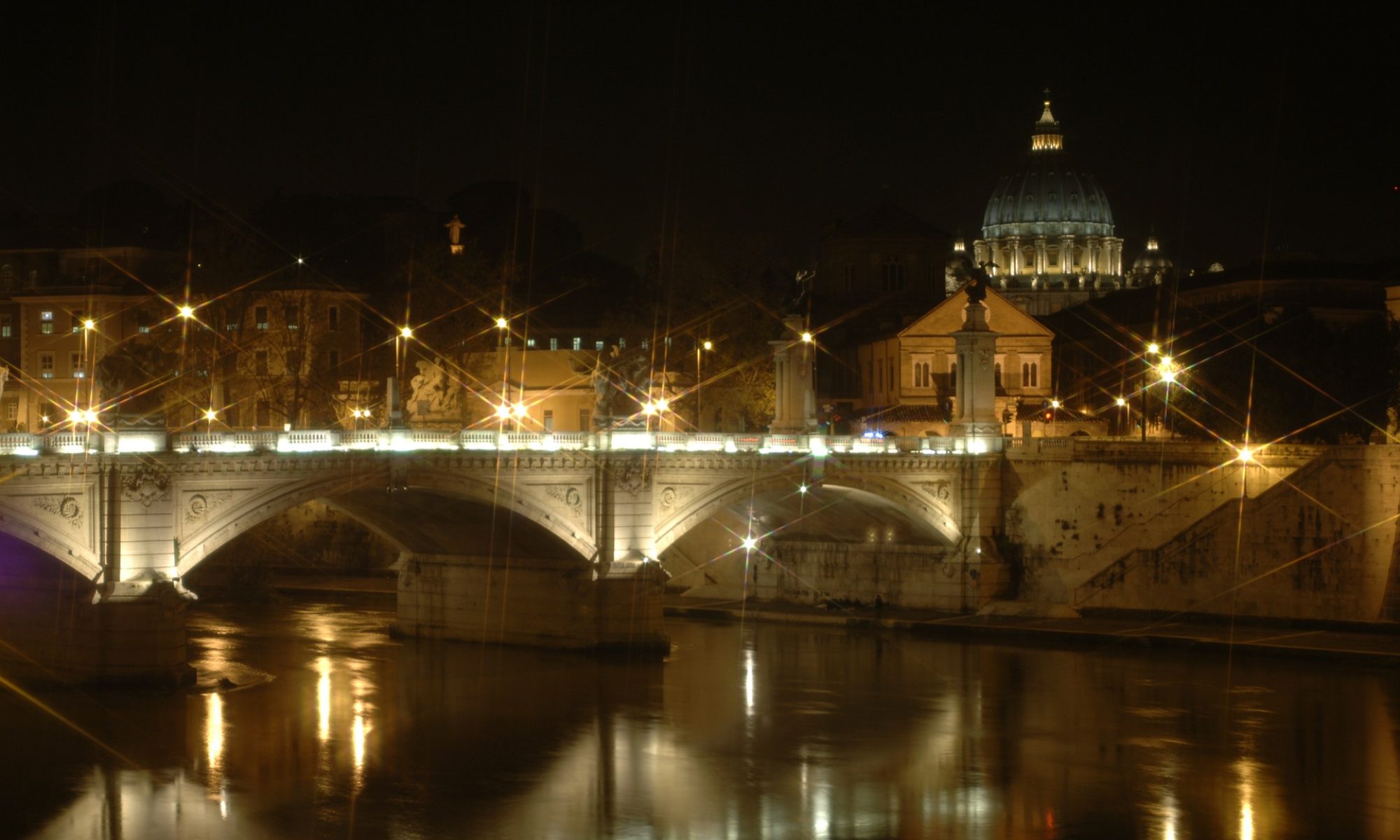Se puede obtener un posible retrato del próximo Papa.
26 DE FEBRERO DE 2012
La apertura del Anuario Pontificio no es una tarea fácil. Este grueso libro de más de 2350 páginas contiene toda clase de información sobre quien es quien en el Vaticano y lo que allí ocurre. A pesar de los problemas prácticos para manejarlo es, sin embargo, una mina de información valiosa acerca del centro neurálgico de la Iglesia CR y de la Ciudad del Vaticano.
Por ejemplo, se puede leer que los títulos oficiales del Papa son los siguientes: “Obispo de Roma”, “Vicario de Jesucristo”, “Sucesor del príncipe de los Apóstoles” (o sea, Pedro), “Sumo Pontífice de la Iglesia Universal”, “Primado de Italia”, “Arzobispo y Metropolitano de la Provincia de Roma”, “Soberano del Estado de la Ciudad del Vaticano”. Pero, el último de ellos, “Siervo de los siervos de Dios” está en evidente contraste con la grandeza de los anteriores.
PODER ABSOLUTO, CON UNA EXCEPCIÓN
La lista de los títulos papales es un tanto sorprendente y abarca los oficios religiosos, las labores políticas y las responsabilidades organizativas. El Papa es uno de los últimos ejemplos de soberanía absoluta . Los poderes ejecutivo, legislativo y jurídico están todos concentrados en su persona. Hasta el día de su muerte, el Papa será el Papa. La única restricción de su poder es que no puede elegir a su sucesor . En otras palabras, el papado no es una dinastía familiar. Esta tarea se reserva al Colegio de cardenales electores , o sea, los cardenales que tienen menos de 80 años, quienes se reúnen en “cónclave”(del latín cum clave, es decir, cerrados con llave) en la Capilla Sixtina para votar al nuevo Papa.
Esto no quiere decir que el Papa reinante no influya en el voto para la elección del siguiente. En realidad, juega un papel estratégico, aunque él no estará presente (¡). De hecho, el Papa tiene la autoridad para seleccionar a los nuevos cardenales. De esta forma, al elegir a los nuevos “príncipes” de la Iglesia CR, constituye el Colegio que elegirá a su sucesor . Esto le da un influencia real, si bien indirecta en el proceso de selección del siguiente Papa.
Si se analizan a los miembros elegidos del Colegio (o sea, su peso espiritual y su procedencia eclesiástica) es posible, por tanto, describir una imagen bastante precisa y verosímil de quien será el sucesivo papa .
LOS NUEVOS CARDENALES “DEL NORTE”
El 18 de Febrero, el Papa Ratzinger “creó” (éste es el verbo técnico) 22 nuevos cardenales, aunquesólo 18 de ellos llegarán a ser parte del Colegio elector debido a que tienen menos de 80 años. El Colegio está compuesto pues de 125 cardenales, un número que disminuirá en un corto espacio de tiempo ya que algunos de sus miembros cumplirán pronto 80 años y, por tanto, quedarán excluidos del mismo.
Demos una ojeada al mapa geográfico del Colegio. Lo más interesante es la proporción entre las macro-regiones . Por una parte, hay 67 europeos (más de la mitad del Colegio), y si a éstos añadimos los norteamericanos y el único de Oceanía, el número de cardenales procedentes de la parte Norte del globo es de 83 sobre 125 . Por la otra parte, los cardenales latinoamericanos, africanos y asiáticos son sólo 41 .
Casi dos tercios del Colegio vienen de las poderosas y antiguas iglesias fundadas en Occidente, aunque la mayoría de estas iglesias se enfrentan actualmente a una fase de declive de larga duración. Únicamente un tercio del Colegio llegan de iglesias del Sur que son más jóvenes, menos tradicionales, quizás más pobres, pero que están creciendo en términos tanto de práctica como de vocaciones al sacerdocio.
Por lo tanto, en el Colegio está ahora mejor reflejado el rostro “más antiguo” de la Iglesia CR que su “nuevo” perfil . Es un Colegio con una distintiva fisonomía “Ratzingeriana”. ¿Significa esto que el Papa Ratzinger desea que su sucesor sea un Papa del Norte que compartirá su énfasis en el llamado a los Países Occidentales para que retornen a la Iglesia CR? ¿Quiere esto decir que el Occidente secular será el primer tema en la agenda del próximo Papa como lo es en la de Benedicto XVI?
EL PODER DE LA CURIA
La otra característica notable a considerar es el papel de los cardenales electores. Después de la creación de los 22 nuevos, 44 de ellos pertenecen ahora a la Curia Romana. Dicho de otra forma, son personalidades eclesiásticas de alto rango que viven en Roma y dirigen varios departamentos vaticanos, pero que no tienen funciones pastorales directas.
Ellos aportan a la Iglesia una perspectiva más “romana” que “católica” (o sea, universal). Mientras que los obispos de todo el mundo tienen una experiencia de primera mano en conducir una iglesia, incluso en la parroquia y en las organizaciones a nivel de base, la Curia Romana tiene una cultura autoreferencial más “política”.
Hablando en términos generales, son más hábiles diplomáticos que predicadores y pastores. Su pericia está más en el derecho canónico que en la misionología.
Sumando estos dos indicadores, se puede obtener un posible retrato del próximo Papa : un cardenal del Norte con un alma distintiva “romana”. Es posible que el siguiente Papa sea totalmente diferente, pero al menos su descripción corresponde muy bien al pronóstico de Benedicto XVI.
Traducción: Rosa Gubianas

